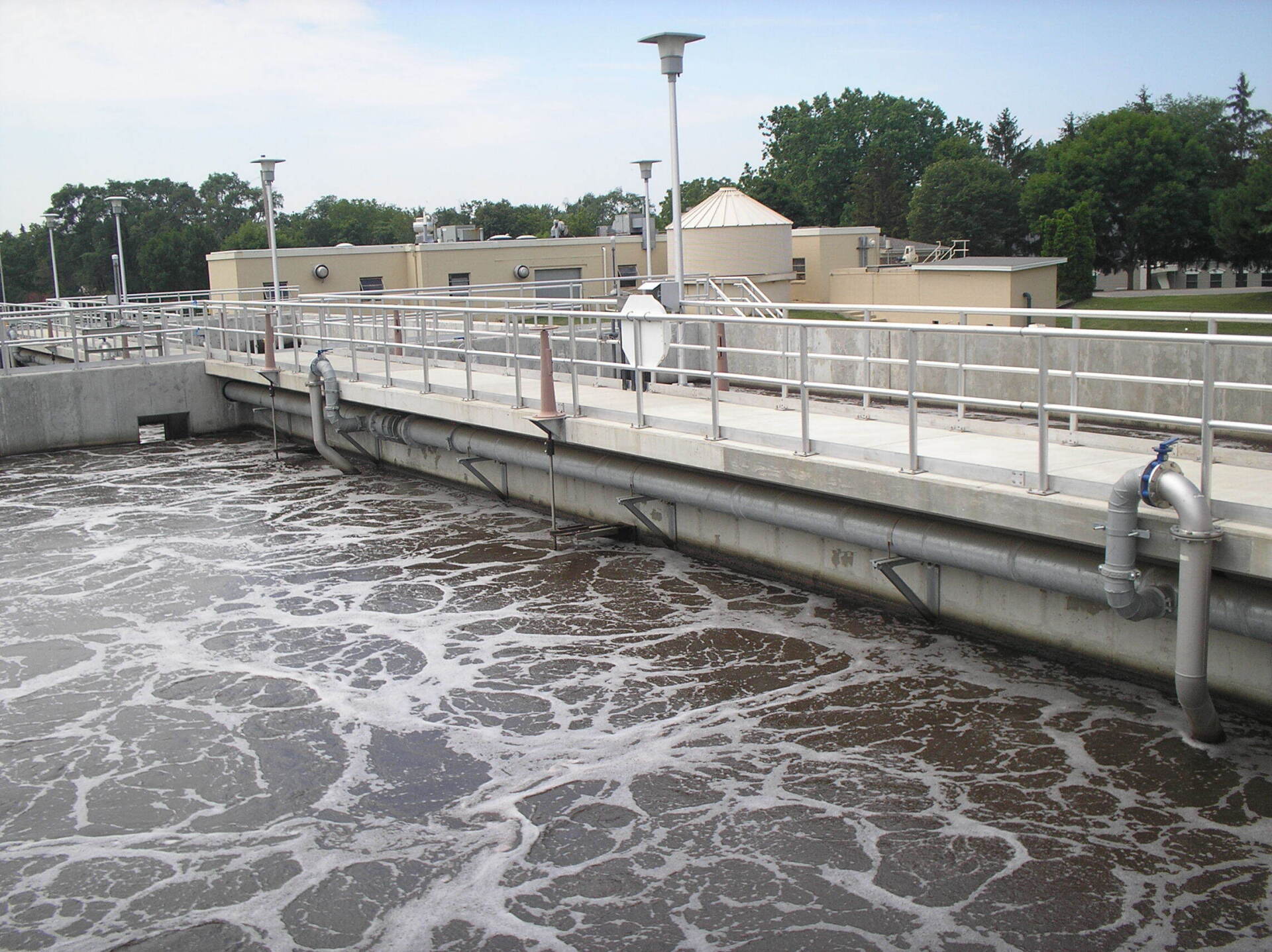Village of Algonquin – Facility Plan & Phase 6 Improvements
In 2005, the Village of Algonquin was growing at an unprecedented rate. The Village selected Trotter and Associates / HDR to provide planning, design, and construction engineering services for expansion of their wastewater treatment facility. The Illinois EPA had just implemented the anti-degradation requirements, which required expanded facilities to be designed for total phosphorus and total nitrogen removal. The NPDES permit was updated to include a phosphorus limit of 1.0 mg/L and a monitoring requirement for TN.
The existing plant was a 3.0 MGD single-stage nitrification facility. The Village requested that TAI develop a design to maximize reuse of the existing infrastructure. Through a Facility Plan Update, it was determined that the expanded facility would be required to treat 5.0 MGD in the near future and 8.0 MGD at Village build-out. Therefore, the proposed design needed to include flexibility to serve the short-term and long-term needs.
TAI worked closely with the Village to develop a concept that maximized the existing single-stage nitrification facility by augmenting it to provide chemical phosphorus removal. The proposed biological process was a 4.0 MGDBNR designed to run in parallel to the existing plant until the facility is expanded in the next phase. Future phases include construction of a parallel 4.0 MGD BNR and two additional clarifiers.
The project incorporated biological nutrient removal and aerobic/anaerobic digestion to meet the regulatory requirements. The project included: construction of a five-stage BNR process; chemical polishing with ferric & methanol; construction of tertiary clarifiers; conversion of aeration tanks to aerobic digestion; and upgrades to the anaerobic digestion system.
One of the most unique features of the expanded facility was incorporation of a 5-stage BNR system for the removal of Phosphorus and Total Nitrogen. The Bardenpho design provides flexibility and redundancy not found in other BNR Processes. The second stage of anoxic and aerobic basins allows operators to reduce the nitrate in the effluent and RAS. Nitrate in the RAS is a leading cause for failure of Bio-P systems because the heterotrophs utilize the available oxygen molecules through denitrification and compete with the Phosphorus Accumulating Organisms (PAOs). In the absence of Nitrate, the PAO’s are able to thrive becoming a larger percentage of the MLSS population. The Bardenpho process is stable, efficient, and highly effective.
Recognizing that the waste activated sludge would contain a highly concentrated load of Phosphorus, TAI also implemented aerobic digestion, which is designed to minimize phosphorus recycle. The existing anaerobic digestion system was limited to primary sludge stabilization. Therefore it did not require expansion, but improvements were made 5-Year Average P = 0.63 mg/l to its overall operational efficiency.
Since the project was completed in 2008, the Village has only operated the 5-stage BNR allowing the existing single-stage nitrification process to remain offline. Therefore, the existing facility operates near design capacity on a continuous basis. Since the Village only has a TN monitoring requirement, the plant has essentially operated as an A2O. The Village has not utilized the methanol feed system to optimize the second stage anoxic zone to polish for nitrate reduction. Until 2013, the Village relied solely on the BNR process for phosphorus removal and did not use the chemical polishing capabilities which were provided. As shown in the chart to the right, the plant was able to consistently meet the 1.0 mg/L effluent limit with two exceptions. In late 2013, the Village began using the chemical polishing system, and the plant maintained continuous compliance during 2014 and 2015.
The existing plant has been able to maintain compliance for all parameters including phosphorus and total nitrogen. In 2015, TAI updated the Village’s Facility Plan to address rehabilitation and regulatory needs for the next 10 years.
The Village received its updated NPDES Permit, and has budgeted for TAI to complete the phosphorus removal feasibility study commencing in May 2016 to achieve 0.5 mg/L. This will likely require activation of the second anoxic basins to lower nitrate levels and eliminate interference in the anaerobic zone. Alternatively, we intend to consider increasing the chemical polishing to achieve the lower levels. The final determination shall be based on which chemical feed system is more economical to operate, FECL or Methanol.

